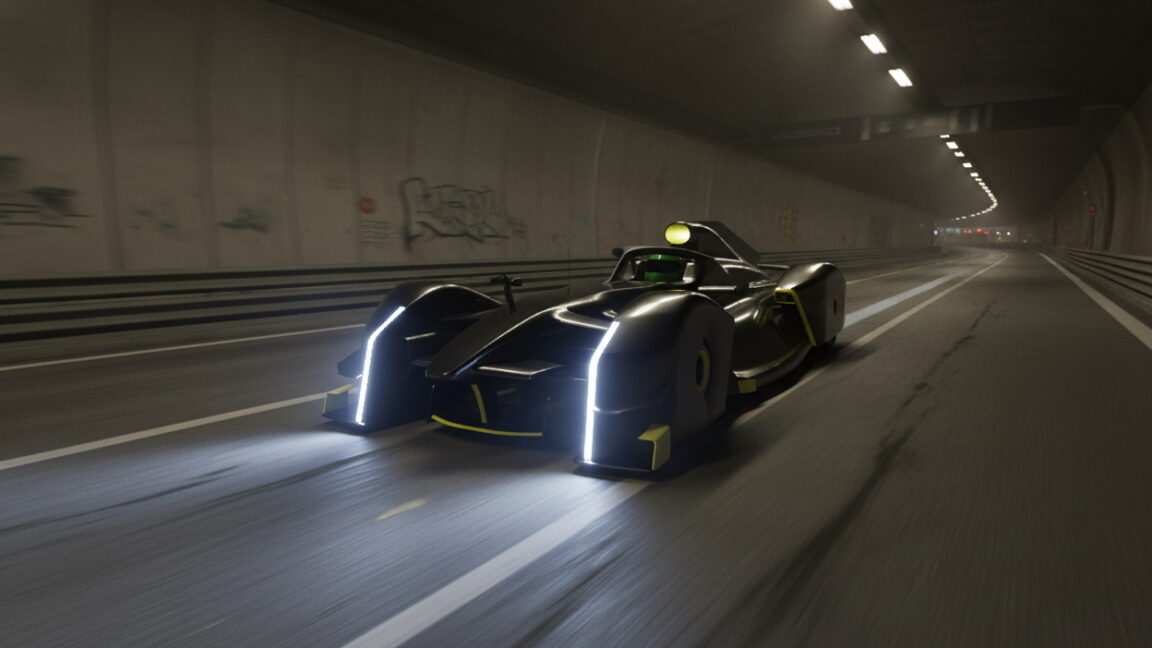
""You gain so much time in the low-speed corners that you're able to have this amazing difference in performance," he said. How much difference? About 4.3 seconds a lap at Monaco, and with a tenth of the energy per lap as a current F1 car, di Grassi and Lola reckon. Qualifying performance could be even greater, as cars could run with a minimum battery pack for the occasion, making a dent in what should be a 1,100 kg curb weight."
"Just don't expect to see a DRG-Lola race series just yet. For one thing, Formula E has the exclusive rights to the FIA's single-seat electric championship, and with the Gen4 car due to arrive at the end of 2026, that series won't be looking for a new car for another few years. But the idea is to inspire race car designers and series organizers, di Grassi said. "This is not a technical challenge anymore; we can do this," he said."
The design uses suction fans that require five times less energy per unit of downforce than a conventional rear wing. Covered wheels reduce spray in wet races. Simulations show about a 4.3-second lap gain at Monaco and roughly one-tenth the energy per lap of a current F1 car. Qualifying could improve further by using a minimal battery pack to reduce the impact of an expected 1,100 kg curb weight. Formula E's exclusive rights to the FIA single-seat electric championship and the Gen4 car's 2026 arrival constrain immediate series adoption. Plans aim to build the car within two years, and Lola intends to reclaim its motorsport innovation role using in-house R&D.
Read at Ars Technica
Unable to calculate read time
Collection
[
|
...
]